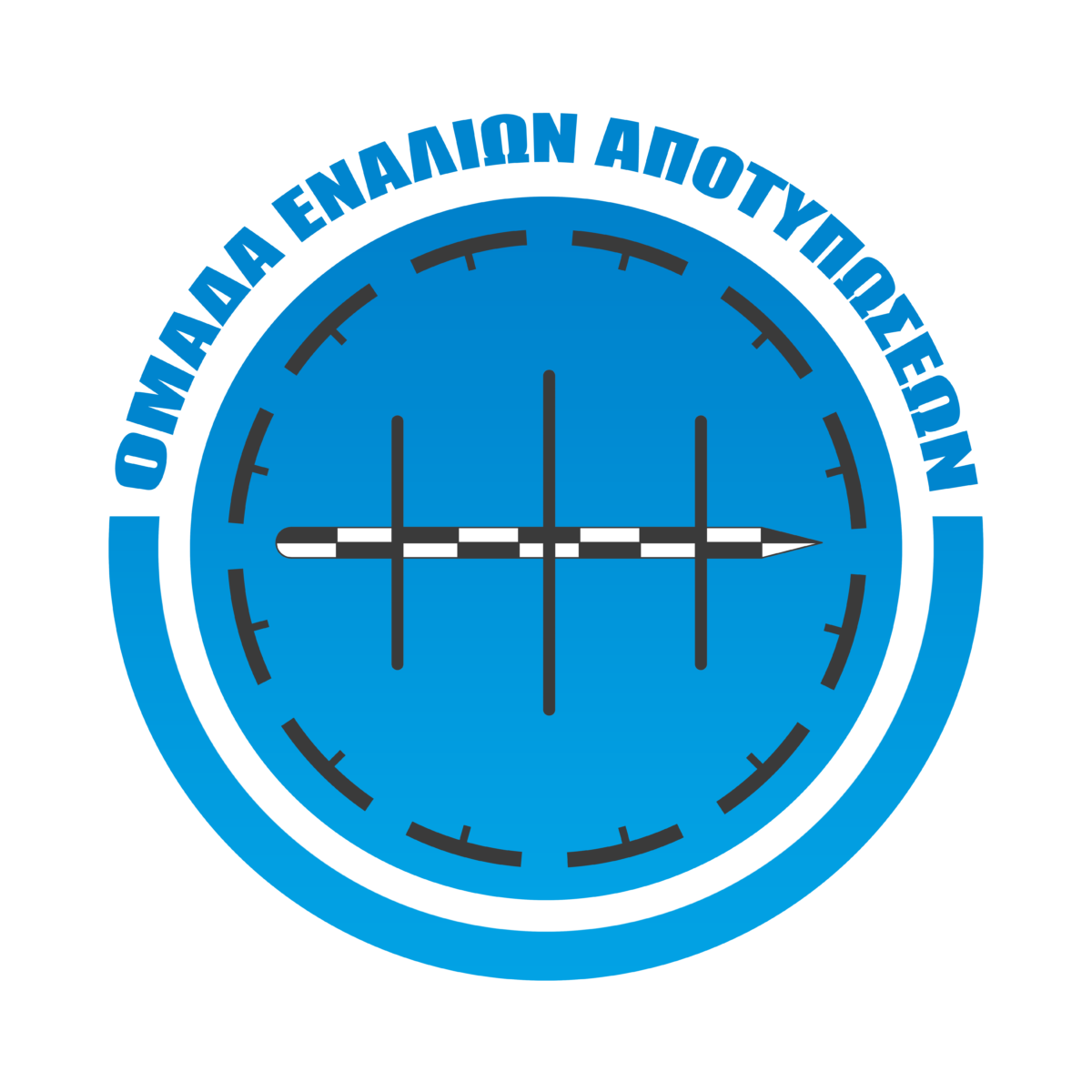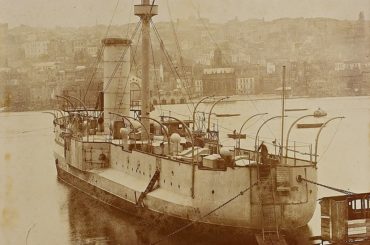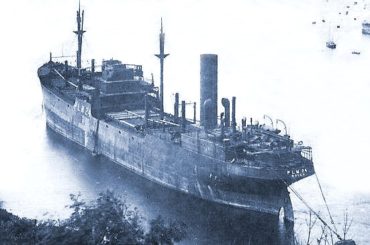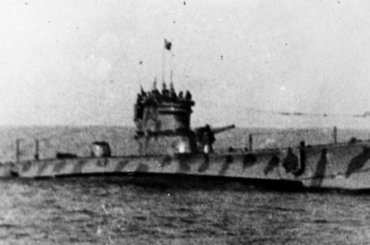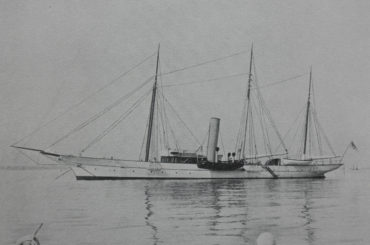The shipwreck of NAVARCHOS KOUNTOURIOTIS was caused when its liquid fuel cargo ignited while anchored in the port of Thessaloniki in 1921. It was constructed in Vancouver, Canada and launched just after the end of WWI. It was then purchased by Afios Saliaris, but only sailed the Greek seas for a year before its demise.
With the start of WWI, the battlefields once again became the proving ground for technologies that were either being used for the first time or had reached such a level of development that they could turn the scales in favour of one of the two warring sides. It is no exaggeration to say that WWI was the prelude to modern warfare. Not tactically, since both sides were confined to and exhausted by a static battlefield, but in terms of new ways of waging war. On land, chemical weapons were used on a large-scale for the first time. Machine guns were also comparably new and distinguished themselves in trench warfare as being an instrument of slaughter for countless souls.

German propaganda poster
Source: sites.google.com
Both airplanes and warplanes made a successful military debut. Greece became the first country in the world to use aerial assets in maritime missions, while submarines appeared in their most advanced form to date.
Despite the success of the German Imperial Navy at the Battle of Jutland, it became apparent to the Imperial German Navy’s High Seas Fleet Commander, Vice-Admiral Reinhard Scheer that the Royal Navy’s combat capability had not been diminished. In a confidential communiqué to the Kaiser, Scherer emphasized that a victorious end in the near future could only be achieved by bringing the British economy to its knees. The only way to achieve this objective was a total submarine war, which would cut off the bulk of its food and raw material supply lines and ultimately lead to defeat.
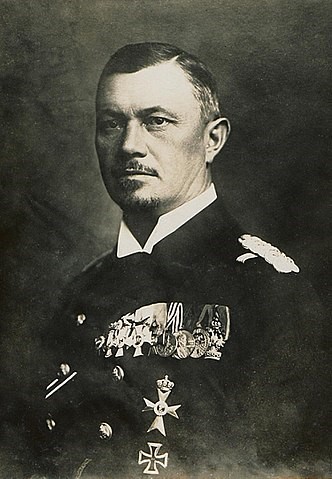
The victor of the Jutland battle, Reinhard Scheer
Source: en.wikipedia.org
This war escalated to its full extent from March to May 1917, when ships with a total of 1,400,000 gross tonnage were sunk during that time, with the Germans calculating that they would bring the British economy to its knees.
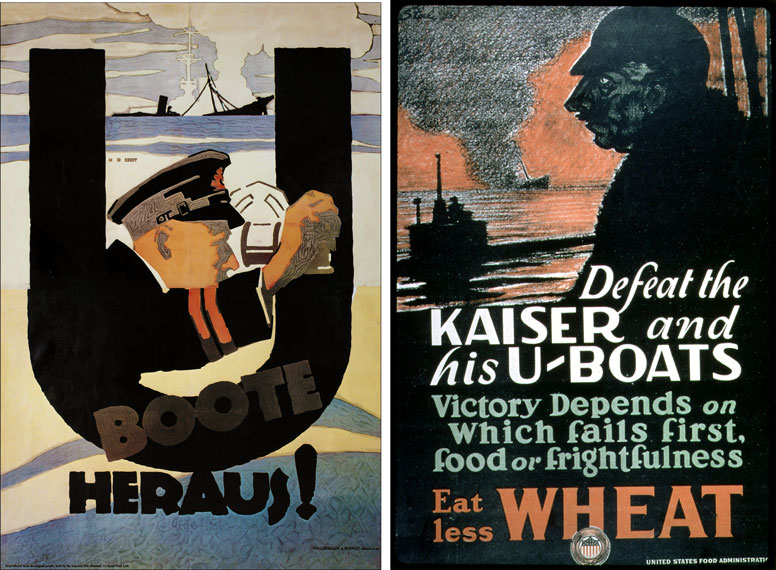
Propaganda posters the WWI of the two warring sides
Source: www.carltonwareworld.com
Britain’s total merchant fleet amounted to around 11,500,000 tonnes in total, so the British Admiralty was concerned.
ALLIANCE AND OUTDOOR SHIPS FROM GERMAN SUBMISSION TO TONS OF TONS YEAR
The Department of Commerce, along with the British Admiralty, were alarmed by the early successes of German submarines prior to 1916, as well as by the huge shortage of skilled labor in the shipyards. They initiated a shipbuilding program which could produce ships which were as simple as possible in construction, structure, and machinery. Thus, orders were placed in US, Canadian, Japan, and English shipyards in Shanghai and Hong Kong. These ships were named after the prefix “War”.
Standard ship sailing with camouflage characteristic of WWI

J. Coughlan & Sons Shipyards
Source: searcharchives.vancouver.ca
Canadian shipyards only had limited capacity. Moreover, a part of the shipbuilding industry was limited to producing ships of wooden construction. So a rush order for 87 ships, 39 metal and 48 wooden, was extremely demanding for the industry. The largest order and the biggest ships were awarded to J. Coughlan & Sons Shipyards, a company which constructed steel components for buildings, bridges and railways. Now that infrastructure projects had been curtailed by the war, the company turned to shipbuilding.
The first order was placed by the Norwegian company Damps Christian Haaland for the ship named A/S ALASKA, which was completed on the basis of war needs and on which the rest of the ships in the class were based.
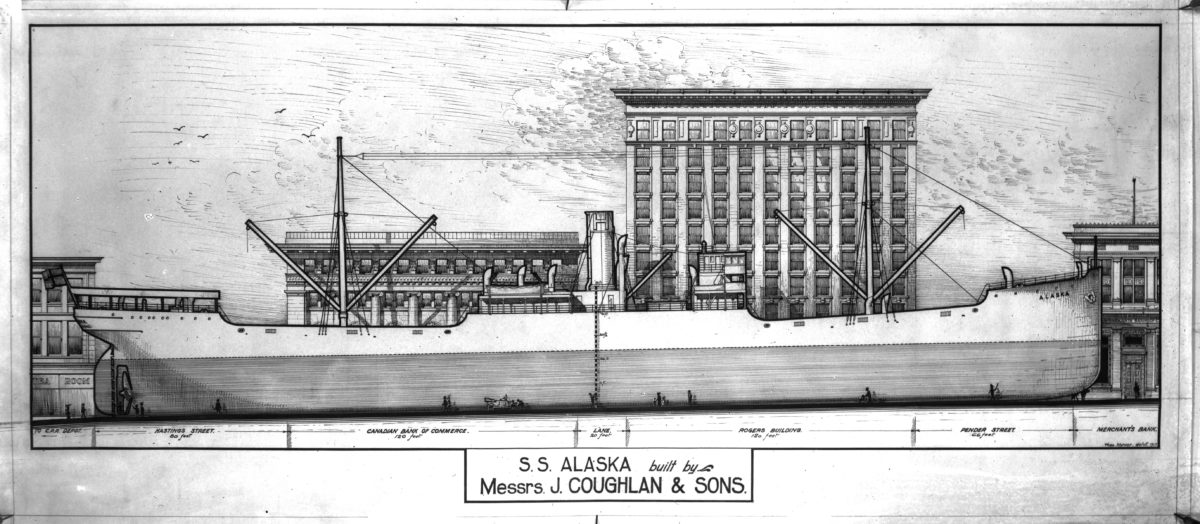
The first ship of class A/S ALASKA with a view of Vancouver’s Granville Street, the shipyard headquarters. The dimensions of the ship are scaled at the bottom in comparison to the buildings in the background
Source: searcharchives.vancouver.ca
The second ship was launched in September 1918 and was named WAR CAMP.
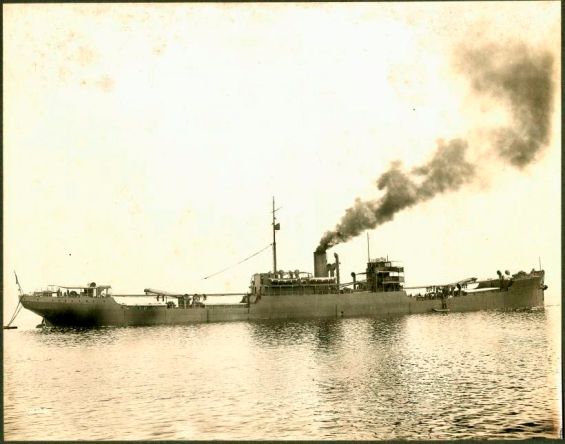
WAR CAMP immediately after it is launched
Source: www.warmuseum.ca
The third ship, named WAR CHARGER, was launched in July 1918 and delivered in November of the same year, just after the war had ended.
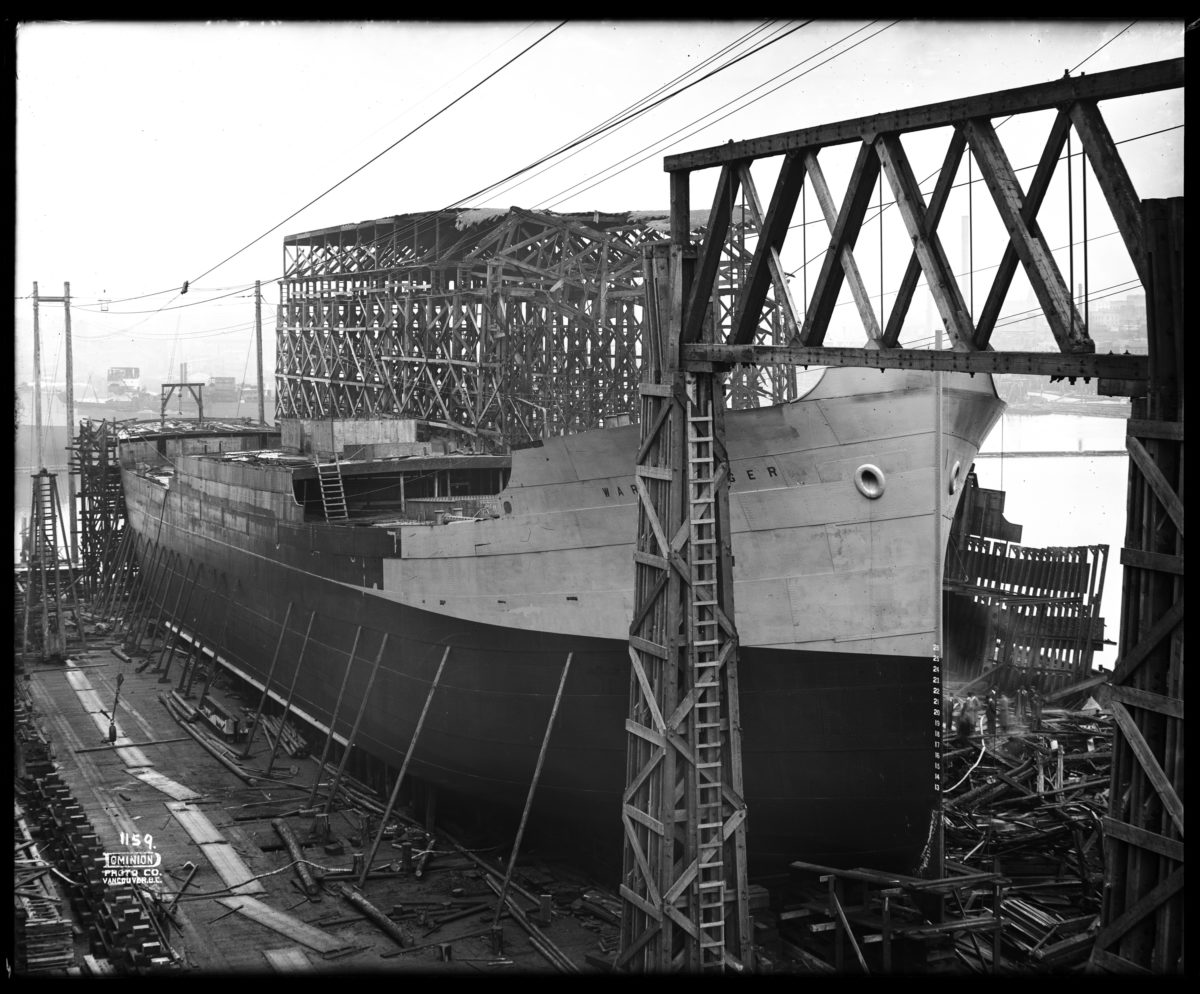
WAR CHARGER under construction
Source: searcharchives.vancouver.ca
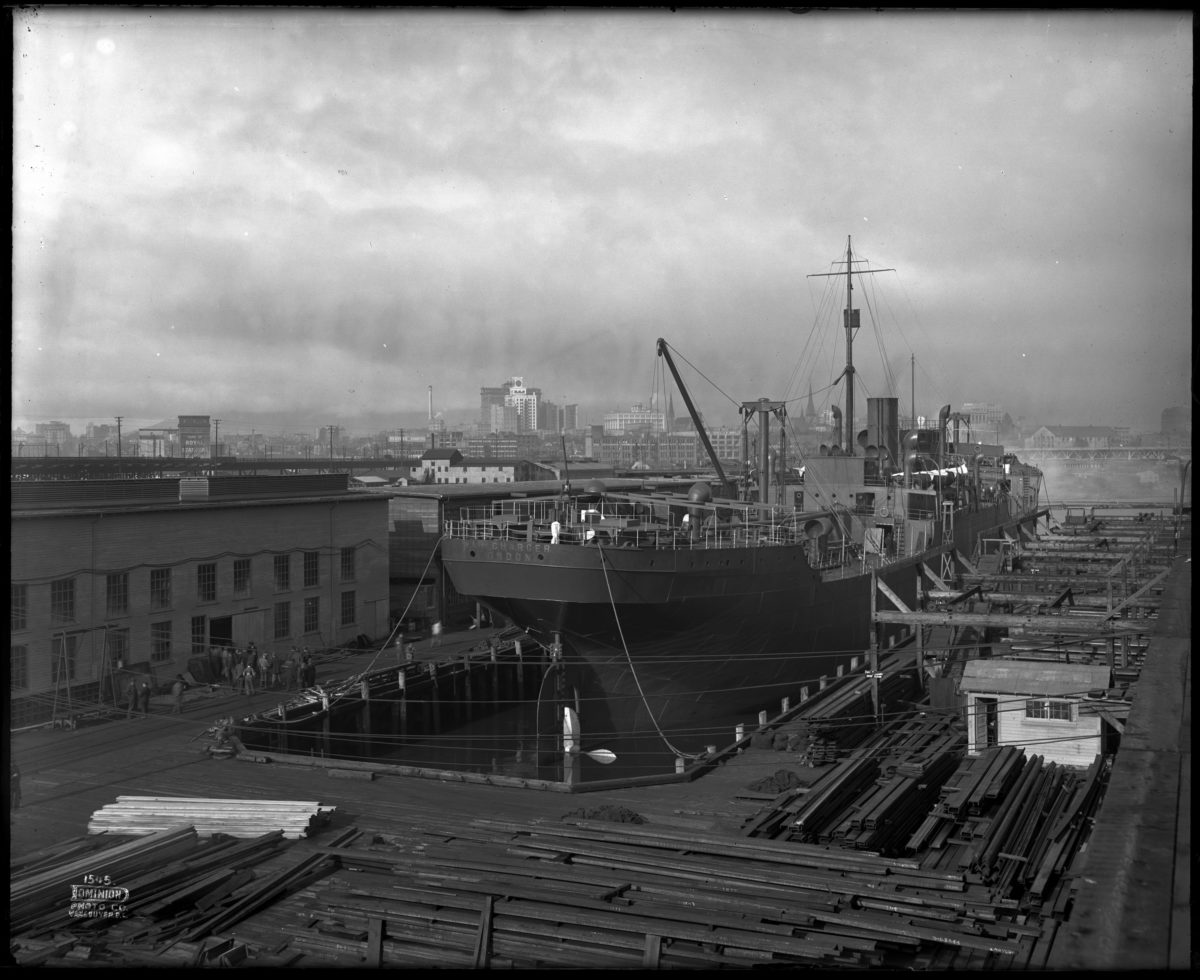
WAR CHARGER in building berth
Source: searcharchives.vancouver.ca
The vessels were 125.1 x 16.5 meters in size and were powered by a single-propeller American Kerr steam turbine.
The mode of operation of steam turbines
The drive assembly was chosen due to the difficulty of finding ample crankshafts of sufficient size and material quality.

Source: Underwater Survey Team (UST) Archive
In 1920, the WAR CHARGER was purchased by Saliaris Bros Steamships of Chios and registered in Piraeus as number 446 under the name of NAVARCHOS KOUNTOURIOTIS.
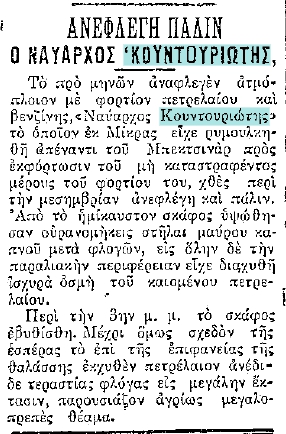
Source: Newspaper Macedonia 28/5/1921
According to the newspaper Macedonia, the ship’s cargo of oil and gas ignited while it was in the Mikra region (in the Thermaic Gulf, Thessaloniki). After being towed to Bech Chinar, the area where today’s third and fourth ports of Thessaloniki are located, to unload the cargo that had not been destroyed, it again ignited at noon on May 27, 1921. It sunk around 3 pm at a depth of 13 meters, about 500 meters from the harbor breakwater.
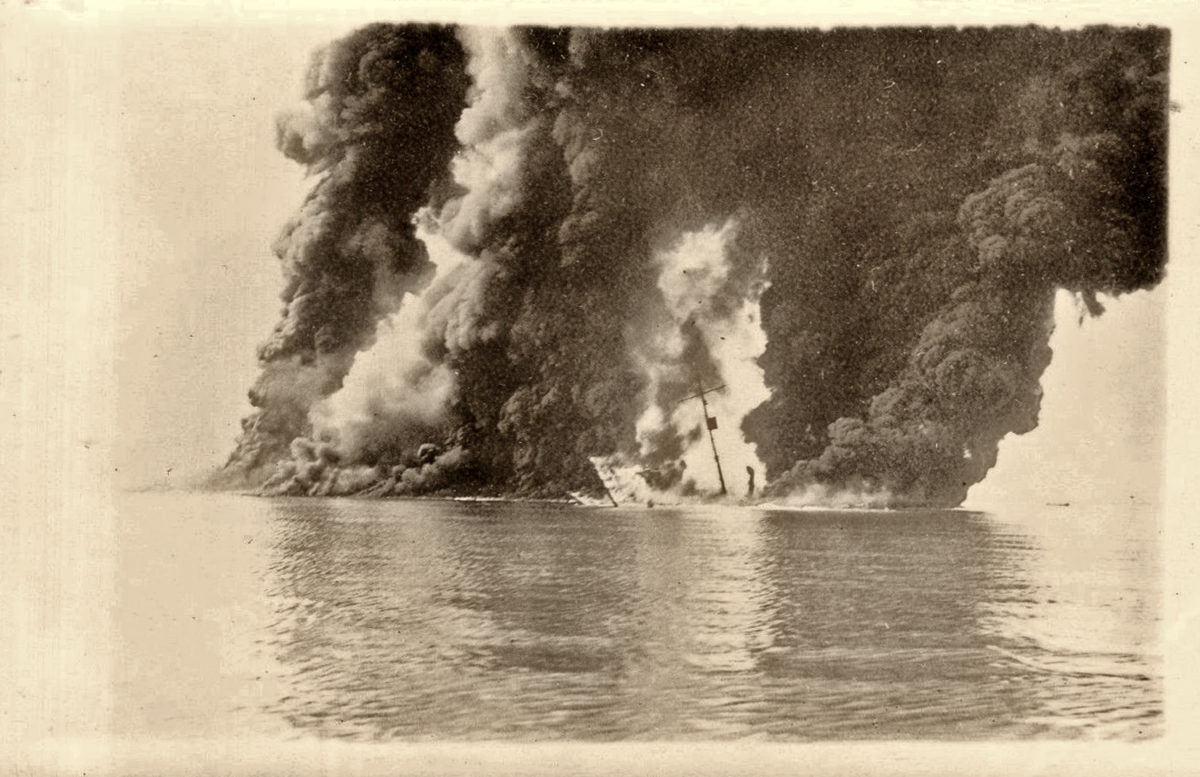
NAVARCHOS KOUNTOURIOTIS on fire
Source: Underwater Survey Team (UST) Archive
With the end of WWII, the debate between Greece and Italy on the issue of war reparations began. One method of Italian compensation involved the numerous shipwrecks that now littered the ports and coastlines of Greece. Italian companies were to be involved in salvaging shipwrecks and buying the scrap metal.
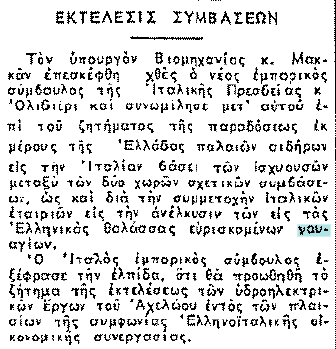
Source: Newspaper Empros 12/5/1951
These wrecks were put up for sale in auctions. A successful bidder was given the right to salvage and sell the metal.
NAVARCHOS KOUNTOURIOTIS belonged to Leandros Kalothi, who in the early 1950s had begun to salvage parts to sell them for scrap to an Italian company in Milano and to Erik Modianos.
On 30/4/1952, one of three Scottish boilers, measuring 4.30 meters in diametre and 3.50 meters in length, along with three burners were recovered.
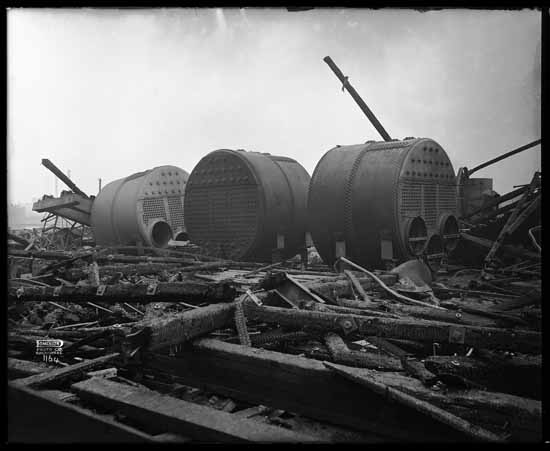
Three-furnace Scottish boilers built by J. Coughlan & Sons Shipyards during the time WAR CHARGER was built, probably identical to NAVARCHOS KOUNTOURIOTIS (Studio: Dominion Photo Co.)
Source: Vancouver Public Library
Naval maps of the area feature some kind of underwater obstacle, which is probably the ribbing and other remnants of NAVARCHOS KOUNTOURIOTIS.
References
British Standard Ships of World War I. Volume Three of Wartime Standard Ships, 1968, W. H. And Sawyer, L. A. Mitchell
Wartime Standard Ships, 2017, Nick Robins
Jutland: The Unfinished Battle: A Personal History of a Naval Controversy, 2016, Nick Jellicoe
Sources
Historical Archive of Macedonia
[*] Ross J. Robertson is an Australian who has lived in Greece for the past thirty years. He has a BSc (Biology) and is an EFL teacher. He is the co-owner of two private English Language Schools and instructs students studying for Michigan and Cambridge University English Language examinations. He has written various English Language Teaching books for the Hellenic American Union (Greece), Longman-Pearson (UK) and Macmillan Education (UK). He published his debut novel (fiction/humour) entitled ‘Spiked! Read Responsibly’ in 2016. Moreover, he has written several spec screenplays and a number of newspaper articles, including an extensive series on the 75th anniversary of the WWII Liberation of Greece. A keen AOW and Nitrox diver, he is also a shipwreck and research enthusiast and has written features for UK Diver Magazine, US Diver and the Australian newspaper, Neos Kosmos. Ross continues to combine his expertise in English with his love of storytelling and local WWII history to produce exciting materials.
